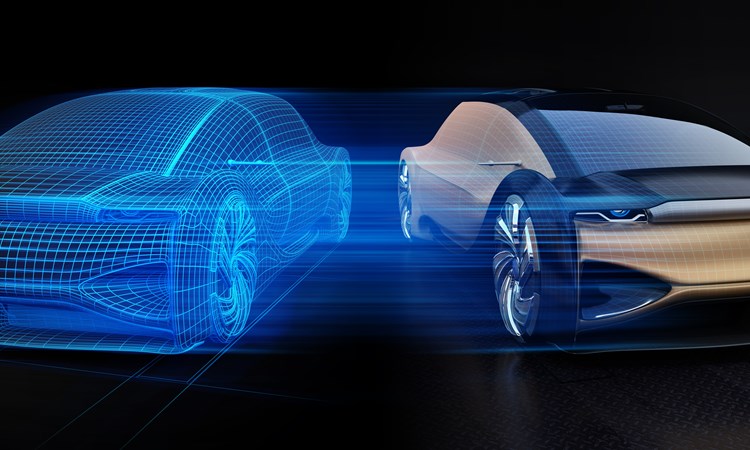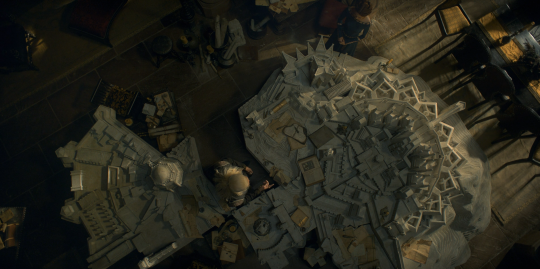The idea of digital twins has been around since the start of the century, though not many are acquainted with the concept. The name seems self-explanatory, yet digital twins are often confused with digital models or digital shadows, respectively a model constitutes an idea of a physical object in virtuality, like an architect’s plans for a building, while shadows are related only through the fact that a change of the physical object leads to a change in the virtual model. A digital twin is set apart by the fact that physical changes alter the digital object and that the opposite is also true (Fuller et al., 2020).
In essence, digital twins are virtual objects that are fully integrated with their physical parts, and that is why they are so beneficial. The digital twin can be one object or a conjunction of parts that work together as a system. Consequently, the data collected from the sensors in the physical object can then be used to see how it reacts in simulations or to see the performance within the virtual ecosystem (IBM, n.d.).

This technology is expected to be used in many industries, such as in healthcare, urban smart city planning, and manufacturing to name a few. The smart cities’ data can be collected and modeled to help with planning and analyzing how changes could turn out. The digital twin is like a modern version of Vyseris Targaryen’s dream of visualizing his realm, though this replica is as ‘alive’ as what it represents; a ruler’s dream.

Recently a paper by Bhatti et al. (2021) defined how to apply this technology in the automotive manufacturing industry, they describe how smart vehicle parts could be thoroughly analyzed through complex digital twin structures. Though there are still many challenges to overcome before it is a reality. Yet through their wide applicability and data analysis power digital twins could be the future of research.
Sources
Bhatti, G., Mohan, H., & Singh, R. (2021, May). Towards the future of smart electric vehicles: Digital twin technology: Renewable and Sustainable Energy Reviews. Elsevier, 141, Article 110801. https://doi.org/10.1016/j.rser.2021.110801
Fuller, A., Fan, Z., Day, C., & Barlow, C. (2020, May 28). Digital Twin: Enabling Technologies, Challenges and Open Research. IEEE Access, 8, 108952–108971. https://doi.org/10.1109/ACCESS.2020.2998358
IBM. (n.d.). What is a digital twin? Retrieved October 16, 2022, from https://www.ibm.com/topics/what-is-a-digital-twin
